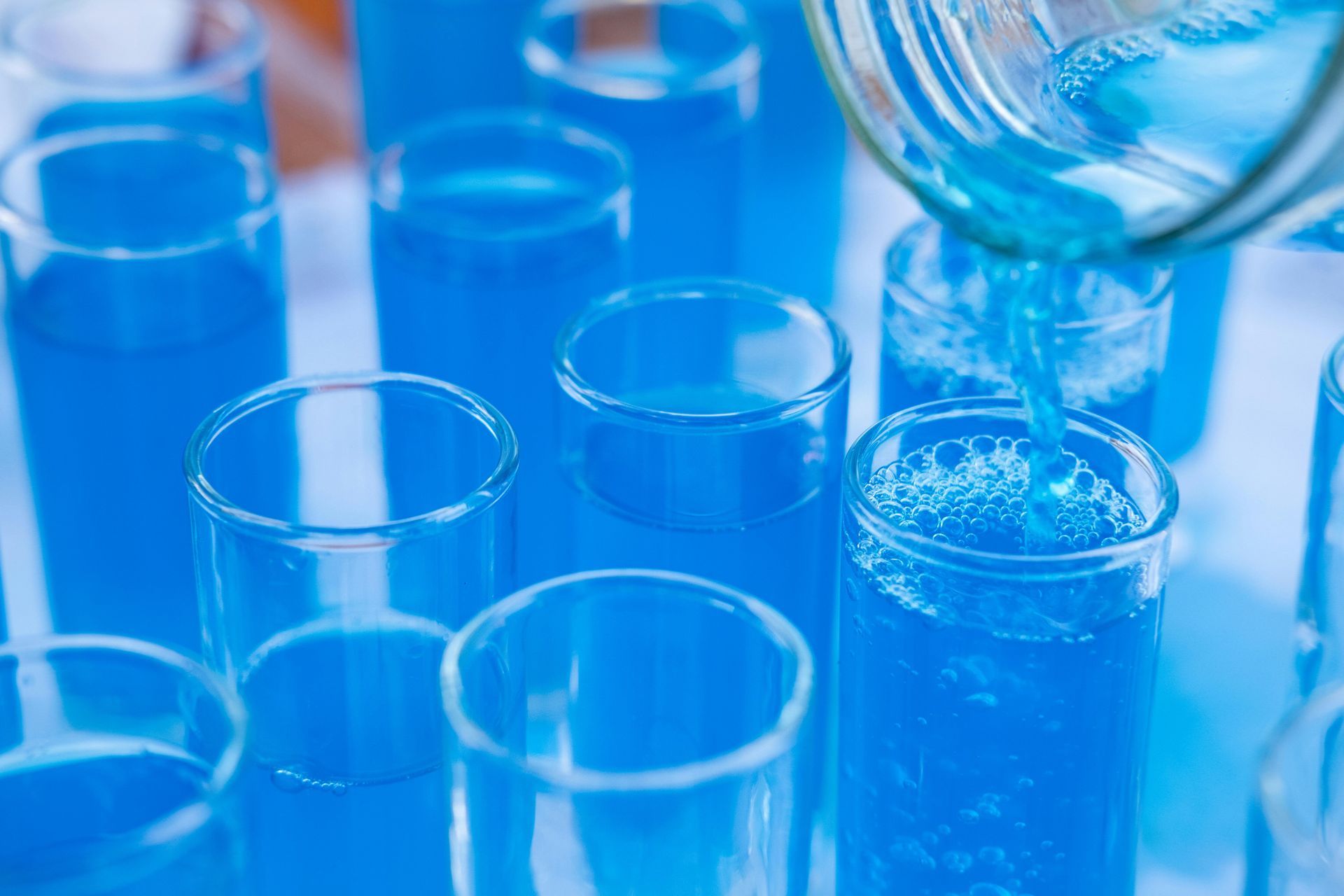💧 A Homeowner's Guide to Water Testing: How to Find Out What's in Your Water

As a homeowner, knowing the quality of the water flowing from your taps is essential for your family's health and the longevity of your plumbing and appliances. Whether you rely on a private well or a public water system, testing is the only way to get a clear picture of your water's profile.
Here is a breakdown of the three main methods for having your water tested, ranked by convenience and accuracy.
1. Get the Quick Answer: Checking Public Reports (City Water Users)
If your water comes from a municipality (you pay a water bill), your provider is legally required to perform regular testing and provide an annual Consumer Confidence Report (CCR) or Water Quality Report.
- How to Get It: Check your water provider’s website or look for a mailed report (usually sent by July 1st each year).
- What It Tells You: This report provides a system-wide overview of contaminants, including common issues like hard water minerals, lead, and disinfectants.
- The Caveat: A CCR shows the water quality leaving the treatment plant, not the quality at your specific tap. Contaminants like lead or copper can leach into the water from your home's private plumbing as the water sits in the pipes.
2. The DIY Assessment: At-Home Test Kits
At-home kits are a fast, affordable way to get a general reading of your water quality, particularly for common issues like hardness.
Types of DIY Tests
| Accuracy | Description | Test Type | What It Measures |
|---|---|---|---|
| Quick and easy, but less precise than titration or lab tests. | Small strips dipped into a water sample; color changes indicate results. | Test Strips | Hardness, pH, Chlorine, Nitrates, and sometimes Lead. |
| More accurate than strips for measuring a specific parameter like hardness. | Involves adding drops of a solution to a water sample until a color change occurs. | Liquid Titration Kits | Hardness (in Grains Per Gallon - GPG), providing a more precise number. |
| Very basic and provides a general idea, not a specific measurement. | The simplest, fastest method. Fill a clean bottle 1/3 full with water, add a few drops of pure liquid soap (like Castile soap), and shake vigorously. | Soap Suds Test | Hard Water (Yes/No). Lots of fluffy bubbles indicate soft water; a lack of suds and cloudy water indicate hard water. |
How to Use a Test Strip Kit
- Collect Sample: Fill a clean glass with cold water from the tap you use most often for drinking (e.g., the kitchen sink).
- Dip: Dip the test strip into the water for the specified time (usually 3–5 seconds), then remove. Do not stick the strip under running water.
- Wait: Wait the amount of time indicated in the kit instructions (often 20 seconds).
- Compare: Match the colors on the strip to the color chart provided to determine your water's levels (usually measured in GPG or PPM).
3. The Gold Standard: Certified Laboratory Testing
For the most comprehensive and accurate results, especially for private well owners, send a water sample to a state-certified lab. This is the only method that can reliably test for thousands of potential contaminants, including bacteria, heavy metals, and volatile organic compounds (VOCs).
When to Use a Certified Lab
- You have a private well (and are responsible for your own safety).
- You are concerned about a specific contaminant (e.g., lead from old pipes, arsenic, or PFAS/forever chemicals).
- You have an infant, elderly person, or immune-compromised person in the home.
- Your water has an unusual smell, taste, or color.
- After any major well repair or contamination event (e.g., flooding).
How to Get a Lab Test
- Find a Lab: Contact your local or state health department, environmental agency, or the EPA for a list of certified drinking water testing labs in your area. Mail-in kits are also available from various companies.
- Order the Kit: The lab will send you a sterile collection kit with specific instructions. Do not use your own containers.
- Collect the Sample:
- For bacteria testing, you must follow sterile procedures (often involves sterilizing the faucet and running the water for a few minutes).
- For lead/copper testing, a first-draw sample is required—meaning the water must sit in the pipes undisturbed for at least 6 hours (e.g., collect first thing in the morning).
- Follow the instructions exactly. Improper collection is the leading cause of inaccurate lab results.
4. Ship/Deliver: Return the sample to the lab immediately (often within 24 hours) as contaminants like bacteria can change over time.
5. Review Results: The lab will provide a detailed report of the measured contaminants compared to state and federal safety standards.



